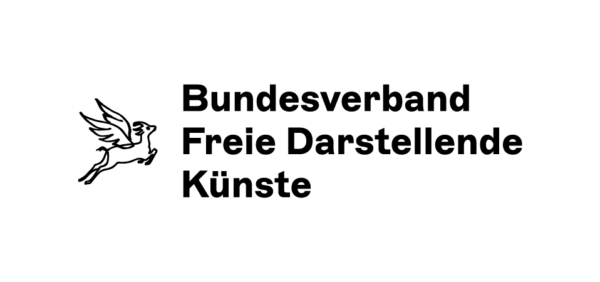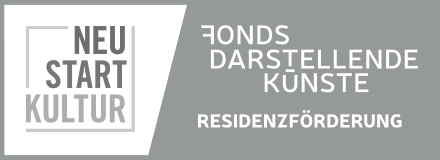
Week 2: 10th – 14th July
We started the week by setting up the stage space, preparing technical equipment – cameras, tripods, lights, projectors and soundboxes – and hanging canvases for painting. We made concrete decisions on staging: choosing to work with circular backgrounds as surfaces for painting and projection.

Based on this, we delved into Practising and Experimenting, with the Persistence to express and enjoy the practical investigations we are undertaking. For our movement research, a first pool of gestures was created through exercises led by the two performers and involving all the members of the group. We started from realism and took a closer look at how we perceive our bodies in waiting spaces, pulling gestures from memory and experience.
We have 3 primary elements to work with in our mixed media research project: physical bodies and movement/choreographic score; live feed and projected image; installation of painting and drawing on a surface or ‘canvas’ – and we are developing a structure/score for each of the mediums.
The movement and physical research led to investigating 3 different approaches/tasks, based on rhythm and improvisation. The video filming was done both by a stable camera with wide angle (for the live feed) and by Ghazal moving in the space and filming doing close ups of the two performers (gathering material for later).
The painting was done initially on paper with colourful soft pastel – tracing over the projected image of the performers in fast movements, setting outlines while the bodies move. Once the specific spot on the paper felt crowded/too full, the painter moves the projector to point at an empty spot on the paper and starts the process over.


We made a choice to start by combining all these elements into one “scene” and we performed several improvised run-throughs where the performance was made for camera, projection and painting. With this chaotic possibility we presented our project to the Mentor Luis Garay in our first personal meeting.
We are sensitive to the fact that the theme we are researching is relevant to our current lived experiences and Luis encouraged the group to dive deeper into this – to share our experiences and memories and challenges of dealing with German Bureaucratic institutions and how this brings up questions of identity, worth, vulnerabilities and future.


Week 2 questions: In which ways can we place our bodies in the situations of waiting and in the memory of waiting? How can we expand aesthetically on the gestures and movements that come from waiting? How does live feed and projected image contribute to this aesthetic? What role are we playing in terms of the ‘gaze’? Who is watching and who is being watched and when? How do we deal with abstraction, representation and realism within our movement research and in staging “scenes”? The movement score is the element that feeds the camera and the painting and therefore requires further development and refining. We will further research the metaphor of quechua time cosmology and traces of time within movement and gestural choreography, exploring a “waiting score” through unison and repetition.


photos: Ghazal Samra Alhamwi and Zamakan Team

flausen+headquarters
Alexanderstraße 124
26121 Oldenburg
flausen+gGmbH
Klävemannstraße 16
26122 Oldenburg
Das überregionale Netzwerk flausen+ wird gefördert von dem Beauftragten der Bundesregierung für Kultur und Medien über das Programm “Verbindungen fördern” des Bundesverbands Freie Darstellende Künste e.V.
Gefördert vom Fonds Darstellende Künste aus Mitteln des Beauftragten der Bundesregierung für Kultur und Medien im Rahmen von NEUSTART KULTUR.
Gefördert vom Fonds Darstellende Künste aus Mitteln des Beauftragten der Bundesregierung für Kultur und Medien.



